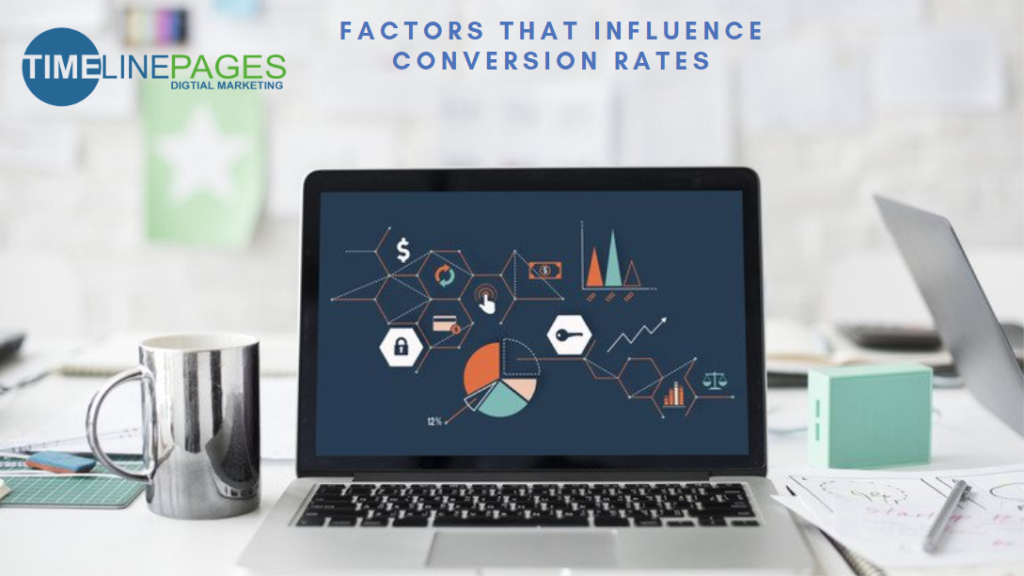What Is a Conversion Rate
Your conversion rate is the percentage of your site visitors who have completed the desired goal in the total number of visitors. High conversion rates indicate successful marketing and web design. It means people want what you offer, and they can easily get it.
Conversion rates vary by business model and industry. To get to know your location quickly, enter your conversion rate and industry in the benchmarks below and see if your conversion rate is above or below average: Conversion rates are an important part of Michigan’s data-driven digital marketing, especially when it comes to Ads and other pay-per-click advertising. Conversion Rate Optimization (CRO) has become as important as Search Engine Optimization (SEO) for many years. Our goal is to maximize conversion rates, turn potential customers into sales, and make the right ad adjustments in the process. Let’s explore some of the factors that influence Michigan’s conversion rate and how these factors affect your digital marketing activities.

Days of The Week
Time is one of the biggest factors of CRO. To accurately measure your ad’s conversion rate, you’ll need to monitor it for at least a week. Some people will look at 3-4 days of data and draw conclusions based on these days. This does not consider fluctuations in demand over the weekend or mid-week. Before getting rid of advertising, you need a complete spectrum to determine the effectiveness of your ads.
Time of Day and conversion rates
Most people don’t broadcast ads 24 hours a day. Instead, they choose the time to get the highest conversion rate, because these will bring them the most benefit. With our data-driven PPC campaigns, we make sure that every ad is served during the high conversion period of the day.
Seasonal Demand Changes
Some industries encounter high demands at certain times of the year. For example, a company that sells patio furniture and outdoor cooking equipment will have high demand during the summer. This is another factor to keep in mind when it comes to Michigan pay-per-click advertising. If you know that you are in a season of strong demand, you need to monitor your ads for a longer period before measuring conversion rates. At the very least, keep in mind that the current conversion rate may change as demand fluctuates. You can adjust your digital marketing strategy accordingly.
Changing Ads Too Quickly
Someone tried to adjust PPC ads too quickly, and they eventually lost a good chance. Just because the advertisement does not perform well at this moment does not mean that the overall effect is not good. You must allow enough time to measure the true conversion rate so that you can make the appropriate adjustments from there.
The True Starting Point in Conversion Rates
Google recently updated its attribution platform, which is associated with Ads and Google Analytics. Attribution analysis data from these resources allows advertisers to better understand their campaigns. With the latest updates, Google removes the focus from the final click impact to determine where visitors and customers come from. If a customer clicks on an ad a month ago and clicks on another ad that generated the sale today, the advertiser can view the entire journey through attribution. With the old model, the only available statistics will be the last click purchase.
Call us now at (248) 909-9428 to learn more about conversion rates in your Google Ads account. Or click here to contact Ranam Kazziha

